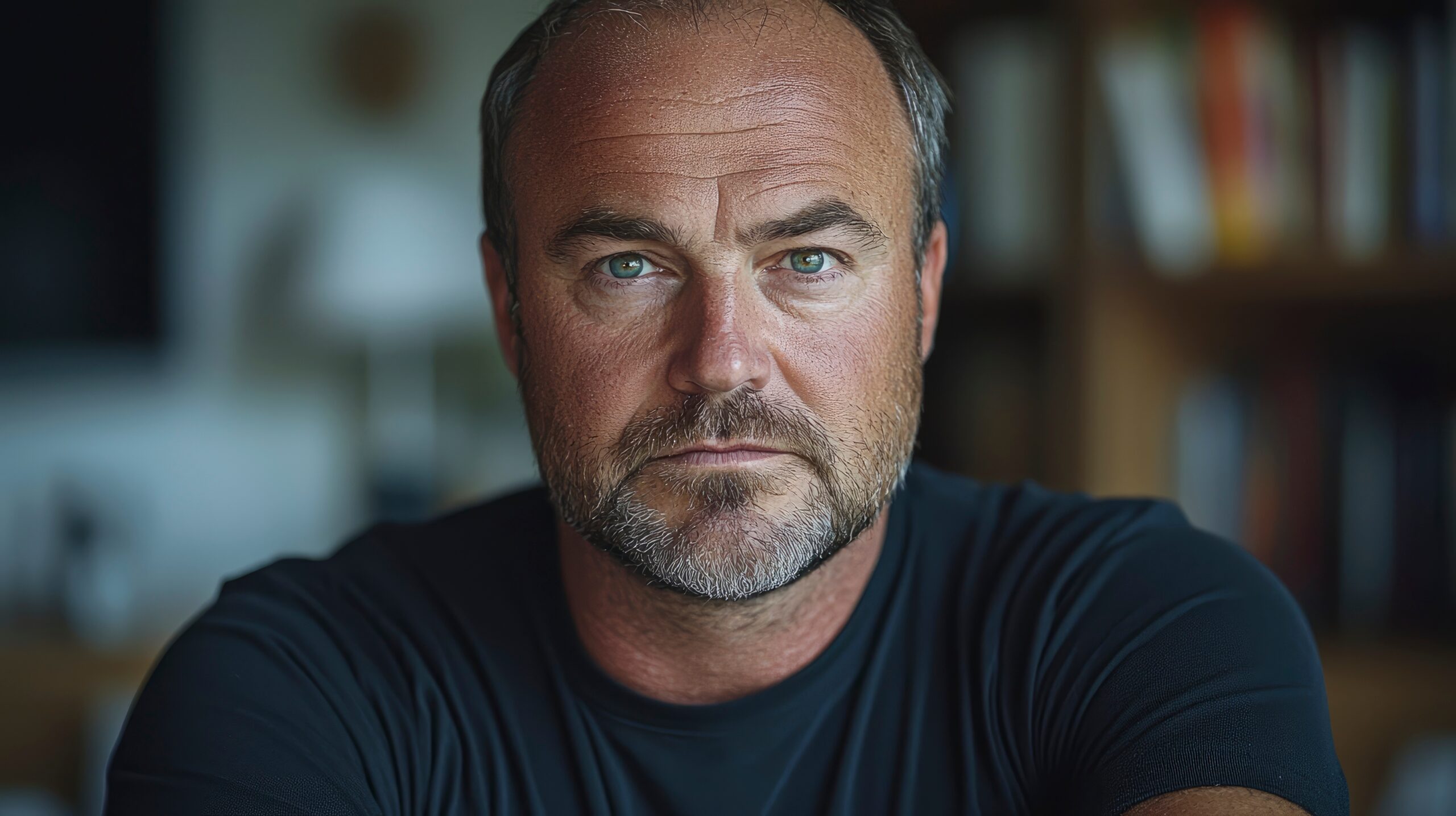
The benefits of exercise for our overall health and wellbeing are widely recognized, and there is no exception for cancer!
We teamed up with Exercise & Sports Science Australia to talk to Accredited Exercise Physiologist (AEP), Andrew Awad, about how exercise can help with the prevention and management of cancer.
How exercise can help reduce risks of cancer
There are many risk factors for cancer, some out of our control such as family history and genetics, but there are some of which can be minimized with the help of exercise, for example:
- Obesity and being overweight
- Sedentary behavior
- Prevention of chronic conditions (like diabetes) which studies have shown have a link to increased risks of certain types of cancers
Exercise during and following cancer treatment has a range of benefits including:
- Boosting physical and mental health
- Helping to prevent a range of chronic conditions
- Managing and even reducing cancer-related fatigue
- Improving your mood, appetite, and reducing nausea (a common side effect of chemotherapy)
- Reducing overall side effects
- Giving you an improved sense of connection and social interaction, as you can feel very isolated when having to go through treatment
The type and duration of exercise will depend on individual circumstances including your treatment and how regularly you can realistically engage in physical activity. But some activity is always better than nothing.
However, you should always get the all clear from your GP or oncologist before exercising after treatment.
AEPs are experienced and qualified in prescribing exercise to help manage chronic conditions, including cancer. They can ensure you’re exercising safely, taking into consideration your condition and any treatment you may be undergoing.
To find out more about exercise and cancer, visit Exercise Right.
You can find your local AEP here.



